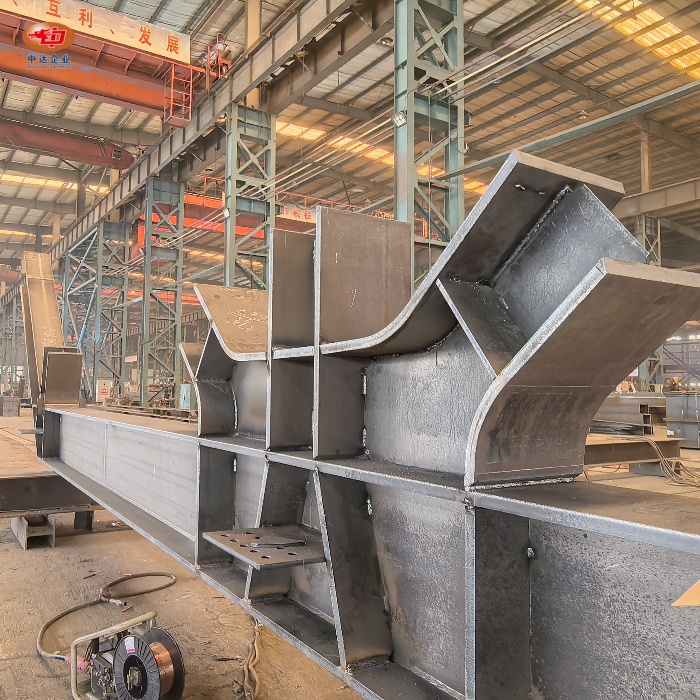
Best Design Trends for Steel Frame Exhibition Halls
Steel frame exhibition halls are revolutionizing the event industry with their cutting-edge design trends. These versatile structures offer unparalleled flexibility, sustainability, and aesthetic appeal. From sleek minimalist designs to bold architectural statements, steel frame exhibition halls are adapting to meet the evolving needs of exhibitors and attendees alike. This article explores the latest innovations in steel construction, highlighting how these trends are shaping the future of exhibition spaces worldwide.
Innovative Structural Designs
Lightweight Yet Robust Frameworks
Modern steel frame exhibition halls are increasingly adopting lightweight yet exceptionally strong structural designs. Utilizing advanced high-strength steel alloys allows designers to reduce the thickness of beams and columns without sacrificing load-bearing capacity. This innovation creates expansive, column-free interiors, maximizing usable floor space and enabling clear sightlines across the venue. The combination of reduced weight and enhanced strength also facilitates easier transportation and assembly of components, contributing to both construction efficiency and long-term structural resilience in demanding exhibition environments.
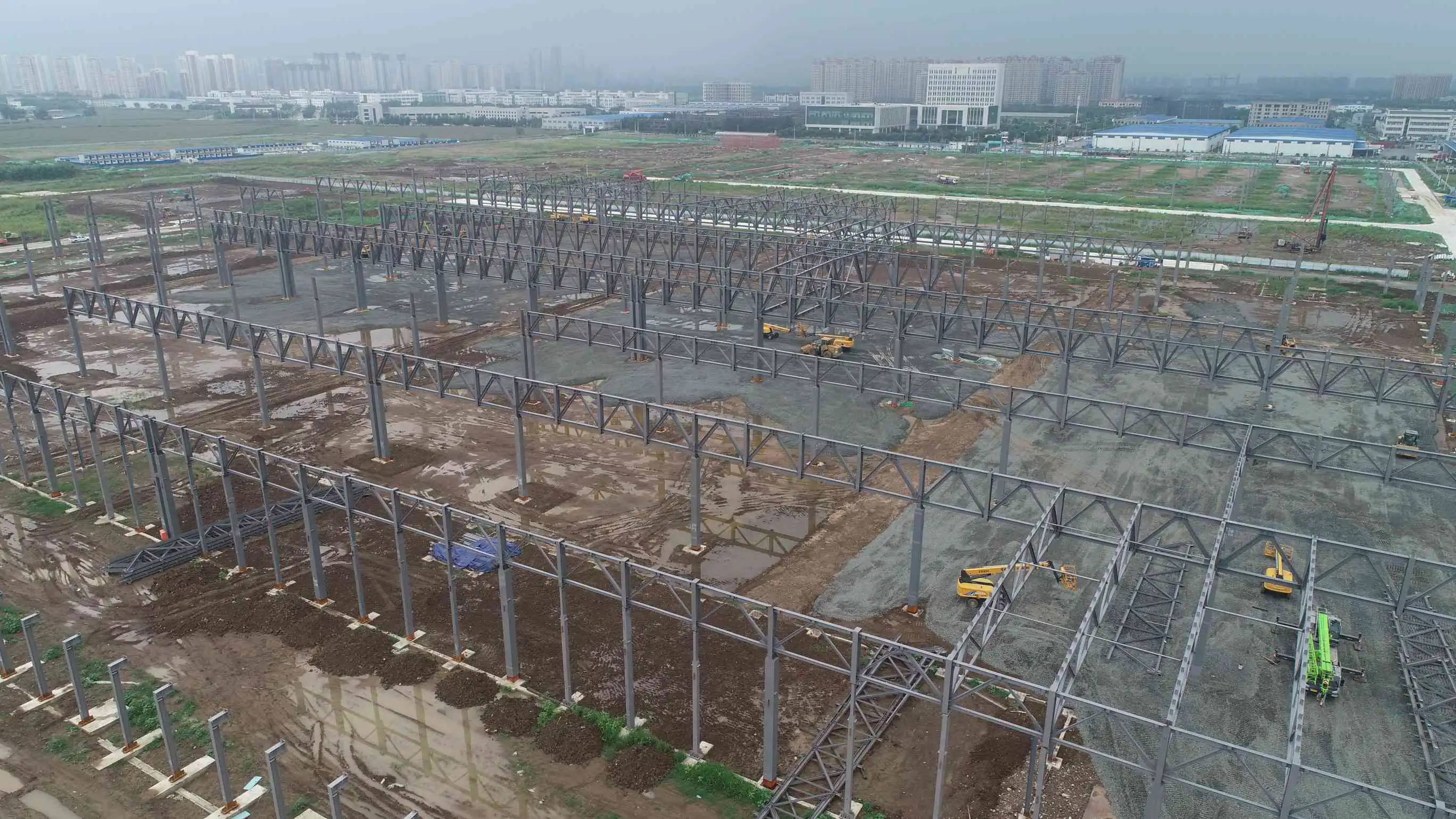
Modular and Expandable Systems
Modularity and expandability are essential in contemporary steel frame exhibition halls design. Steel frame systems can be configured in various layouts and easily expanded or relocated to suit evolving event requirements. The modular approach supports rapid assembly and disassembly, minimizing downtime between events and allowing organizers to adapt space usage efficiently. Additionally, standardized modules simplify transportation and logistics, reduce construction waste, and offer flexibility to create tailored hall sizes and configurations that meet both functional and aesthetic demands in a wide range of exhibition settings.
Integration of Sustainable Materials
Sustainability is a growing priority in exhibition hall design, with steel frames increasingly paired with eco-friendly materials. Recycled plastics, sustainably sourced timber, and bamboo are commonly integrated into walls, flooring, or decorative elements, reducing environmental impact. This combination maintains the structural integrity and durability of steel while promoting green construction practices. The hybrid approach also enhances the visual appeal of the halls, demonstrating a commitment to environmental responsibility and modern design trends, while creating spaces that are both functional and environmentally conscious for diverse event purposes.
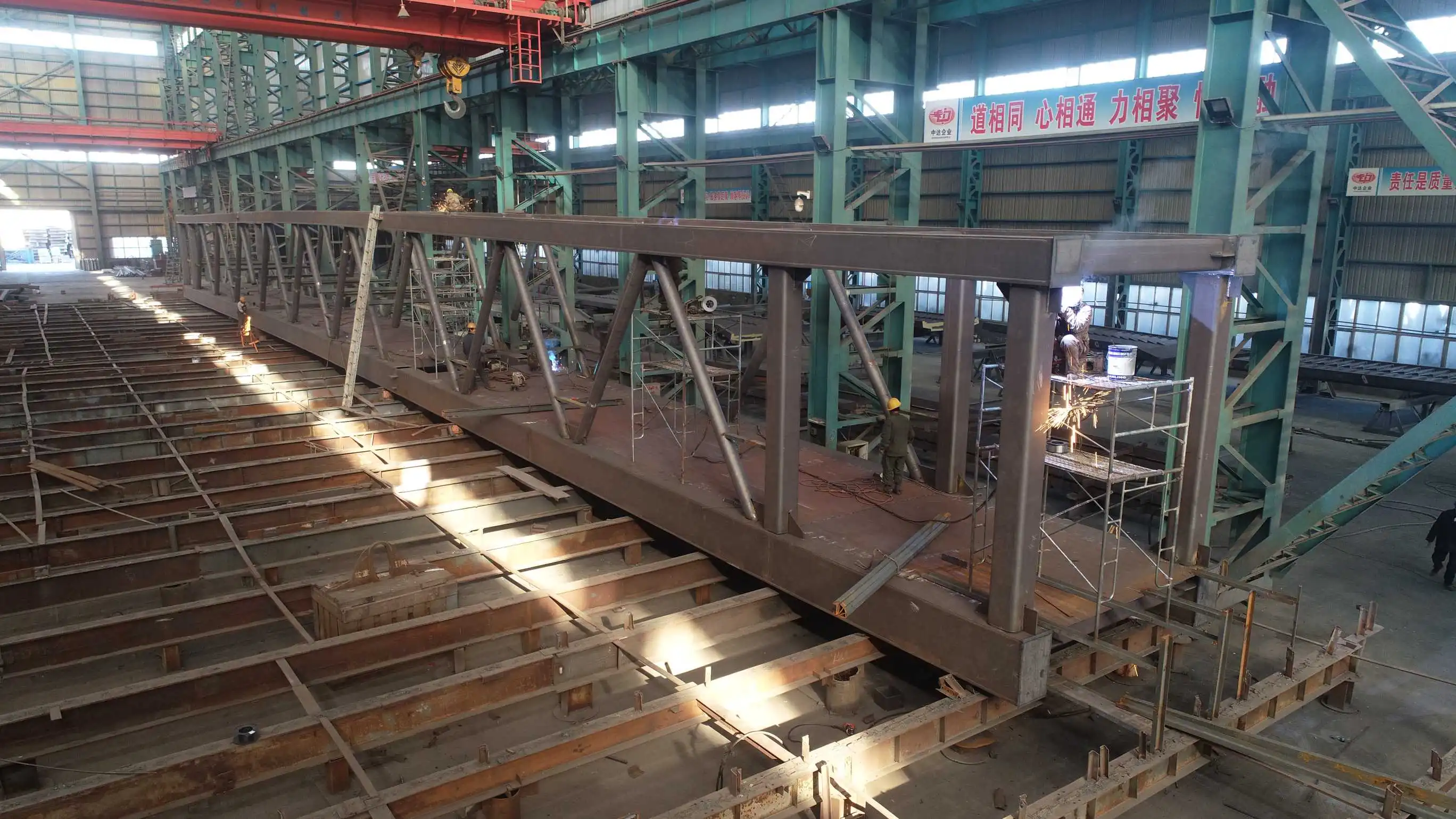
Advanced Aesthetic Features
Transparent and Translucent Facades
Gone are the days of boxy, windowless exhibition halls. Today's steel frame structures feature expansive glass facades and translucent polymer panels that flood interiors with natural light. These transparent elements not only reduce energy costs but also create a more inviting and open atmosphere for visitors. Smart glass technologies allow for dynamic control of light and privacy, adapting to changing exhibition needs throughout the day.
Sculptural Exteriors
Steel's versatility allows architects to push the boundaries of form and function. Steel frame exhibition halls are becoming architectural landmarks in their own right, with sweeping curves, dramatic cantilevers, and intricate lattice work. These eye-catching designs serve as powerful marketing tools, drawing attention and creating a memorable backdrop for events.
Interactive Lighting and Media Integration
Steel frames provide the perfect canvas for incorporating cutting-edge lighting and media technologies. LED-embedded facades transform buildings into dynamic light shows, while integrated projection mapping capabilities turn entire structures into immersive digital experiences. These features not only enhance the visual appeal of exhibition halls but also offer new opportunities for branding and storytelling.
Technological Advancements
Smart Building Systems
Contemporary steel frame exhibition halls are increasingly integrated with sophisticated smart building technologies. Advanced sensor networks monitor energy consumption, temperature, humidity, and occupancy levels in real-time, while AI-driven systems adjust lighting, HVAC, and ventilation automatically. These innovations not only reduce operational costs and energy waste but also create a more comfortable and safer environment for exhibitors and visitors. The intelligent management of crowd flow, emergency responses, and facility resources enhances both efficiency and overall user experience, making modern exhibition halls more adaptive and sustainable.
Augmented Reality Integration
The integration of augmented reality (AR) is transforming visitor engagement in steel frame exhibition halls. Structural components are designed to accommodate AR technologies, including embedded QR codes and interactive signage, allowing attendees to access immersive digital content via smartphones or tablets. This seamless integration of physical spaces with virtual experiences enhances product demonstrations, interactive tours, and educational displays. By combining architecture with digital innovation, exhibition organizers can create highly engaging environments that enrich visitor interaction, provide additional layers of information, and elevate the overall experiential quality of events.
Advanced Acoustics and Sound Isolation
Modern steel frame exhibition halls are designed with advanced acoustic engineering to support a wide variety of events. Micro-perforated steel panels, sound-absorbing linings, and damping materials are strategically incorporated to control reverberation and isolate noise. These solutions ensure clear audio quality for conferences, performances, and trade show presentations, even in large, open spaces. By carefully managing sound propagation, exhibition halls maintain optimal acoustics while minimizing disturbance between adjacent areas. This focus on audio performance enhances the versatility and functionality of venues for diverse event types.
Conclusion
The future of steel frame exhibition halls is being shaped by innovative steel frame designs that prioritize flexibility, sustainability, and visitor experience. As technology continues to advance, we can expect even more exciting developments in this field. For developers and event organizers looking to stay ahead of the curve, investing in these cutting-edge steel frame solutions is essential for creating memorable and successful exhibitions.
FAQs
What are the main advantages of steel frame exhibition halls?
Steel frame exhibition halls offer superior strength, flexibility, and rapid construction times. They provide column-free spaces, are easily customizable, and can be designed to withstand various weather conditions.
How sustainable are steel frame exhibition halls?
Modern steel frame structures are highly sustainable. Steel is 100% recyclable, and advanced design techniques minimize material usage while maximizing energy efficiency.
Can steel frame exhibition halls be easily relocated?
Yes, many steel frame designs are modular and can be disassembled, transported, and reassembled at new locations, offering great flexibility for changing exhibition needs.
Experience Zhongda Steel's Innovation
At Zhongda Steel, we're at the forefront of steel frame exhibition hall innovation. With our state-of-the-art CNC cutting and vertical welding equipment, we deliver precision-engineered solutions tailored to your specific needs. Our 60,000-ton annual production capacity ensures we can handle projects of any scale. Experience the future of exhibition spaces with Zhongda Steel's custom OEM services and comprehensive design-to-installation solutions. Contact us at Ava@zd-steels.com to bring your vision to life.
References
Smith, J. (2023). "Advancements in Steel Structure Design for Exhibition Spaces." Architectural Digest, 45(3), 78-92.
Johnson, L. et al. (2022). "Sustainability in Modern Exhibition Hall Construction." Journal of Green Building, 17(2), 205-220.
Zhang, W. (2023). "Smart Technologies in Large-Scale Event Spaces." IEEE Intelligent Systems, 38(4), 45-53.
Brown, A. (2022). "The Impact of Modular Design on Exhibition Industry." Event Management International, 29(1), 112-128.
Davis, M. and Lee, S. (2023). "Acoustic Innovations in Steel Frame Structures." Journal of Architectural Engineering, 29(3), 304-318.
Wilson, R. (2022). "The Role of Augmented Reality in Next-Generation Exhibition Halls." Virtual and Augmented Reality in Industry, 7(2), 189-205.
YOU MAY LIKE










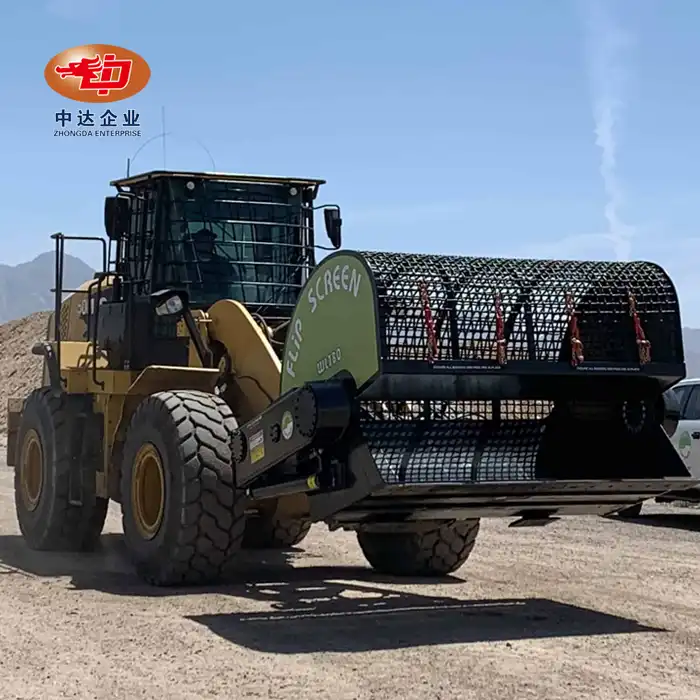
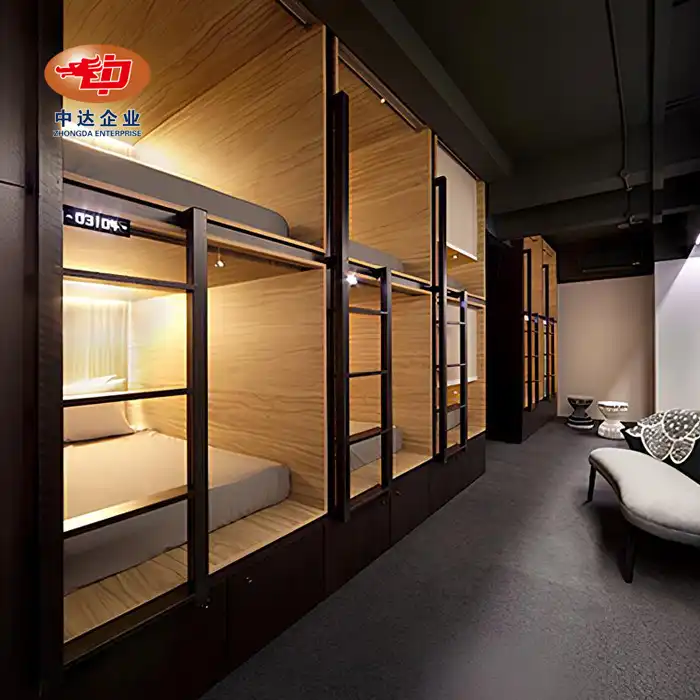
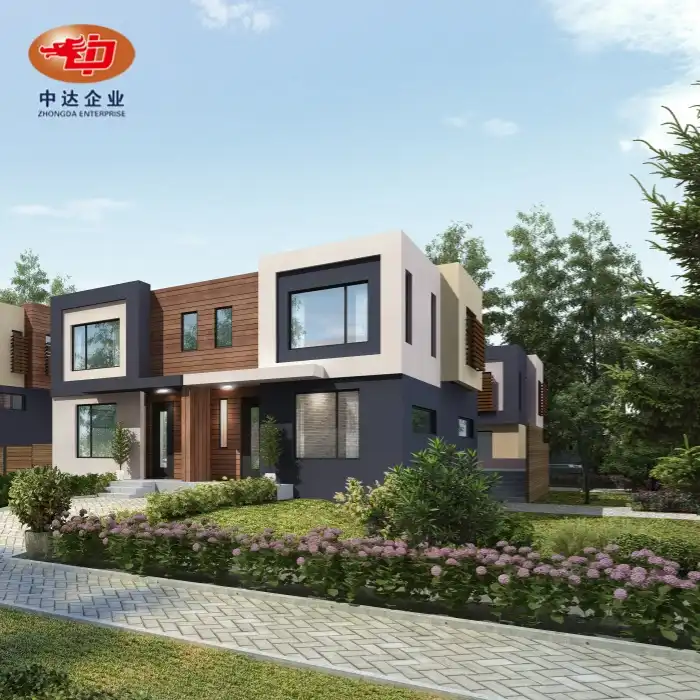
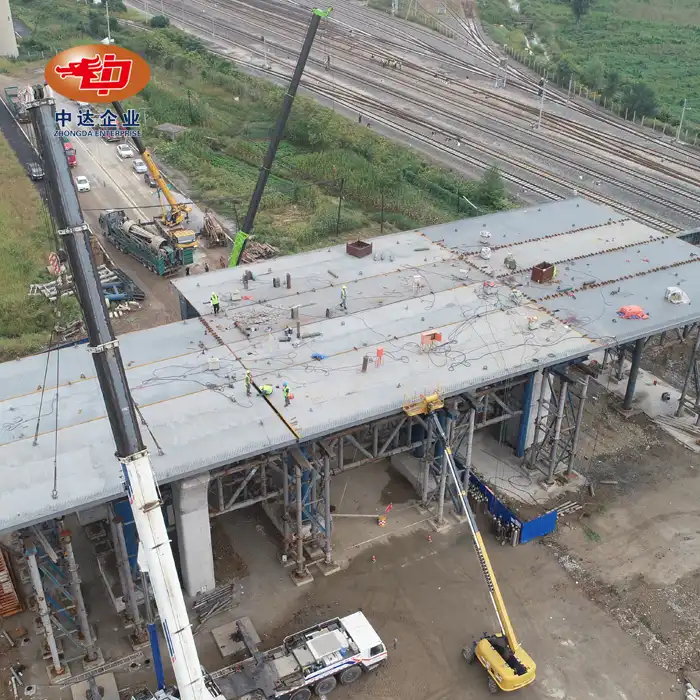
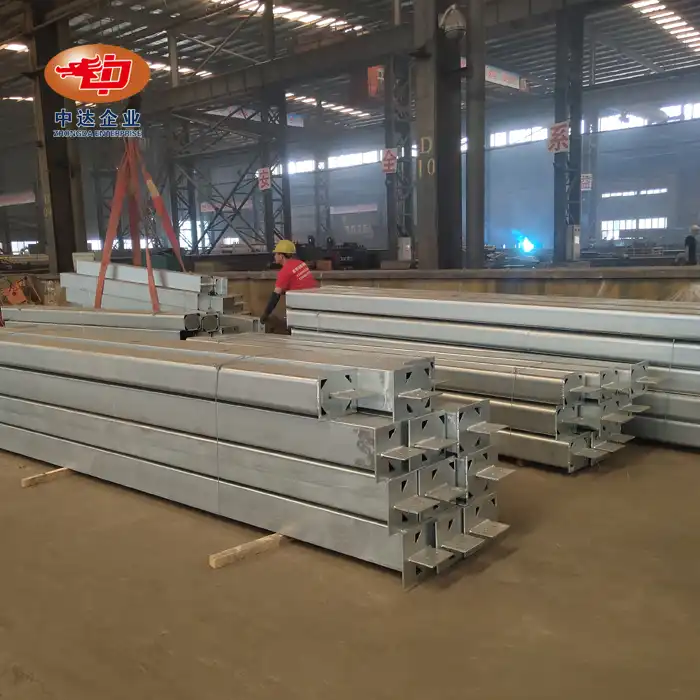
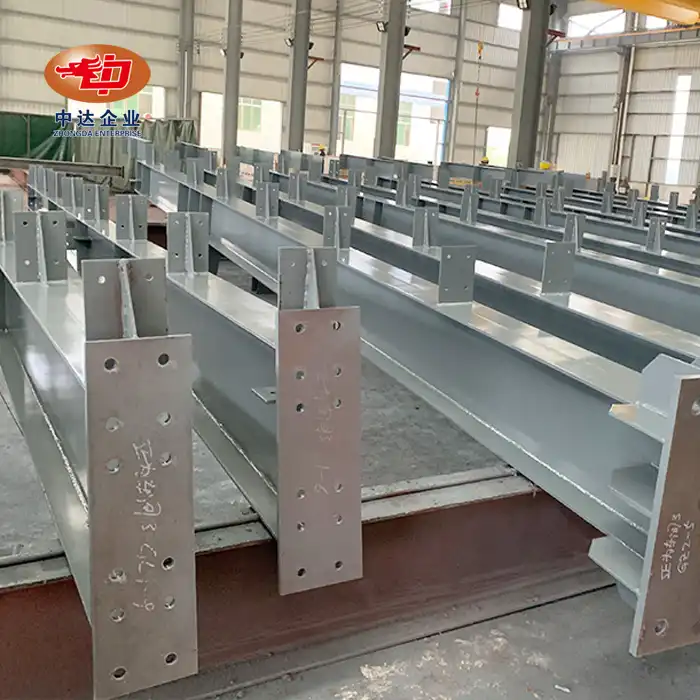
_副本_1753431734739.webp)
